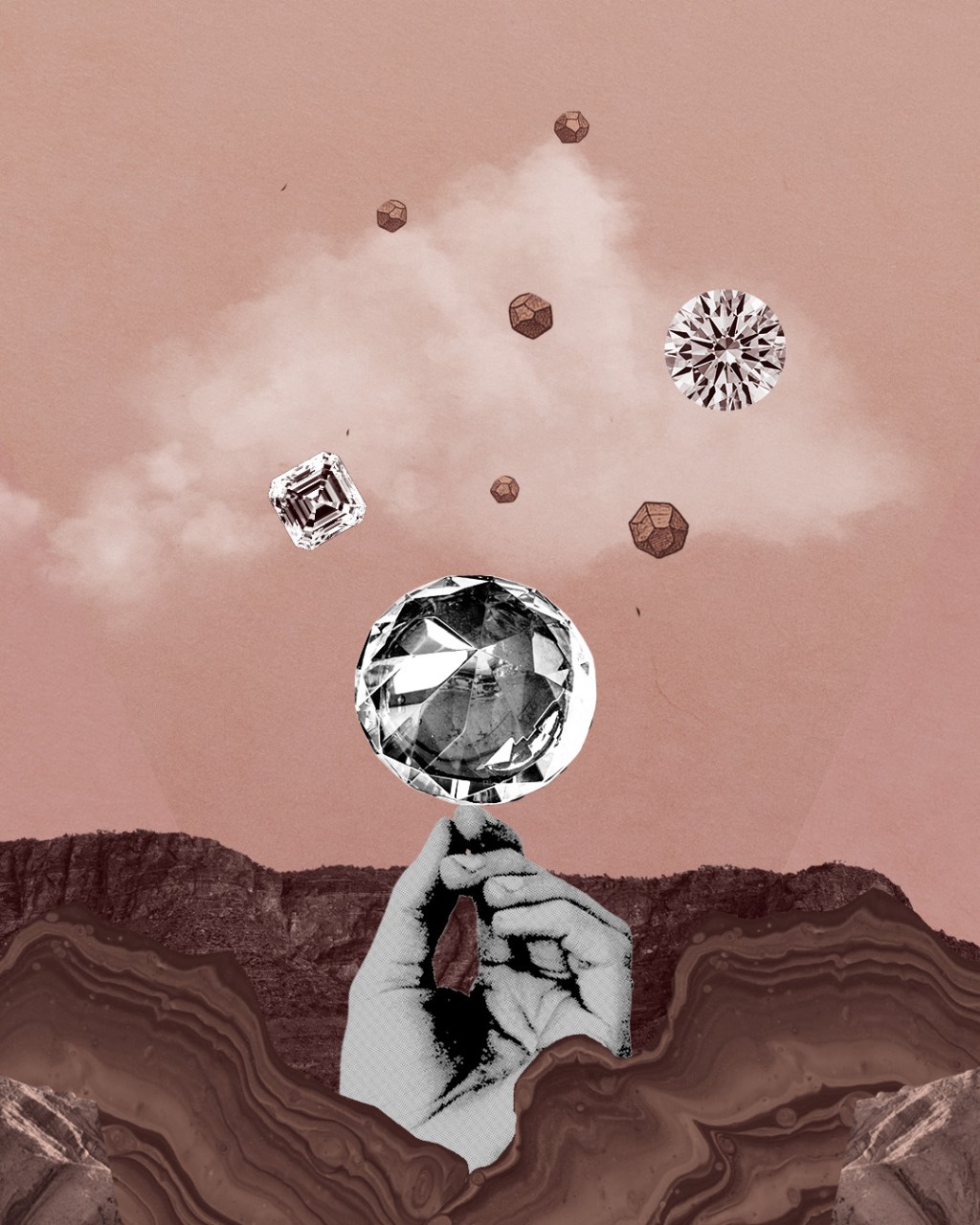Dear Portfolio Manager, Here’s Why I Need to Diversify Into Natural Diamonds
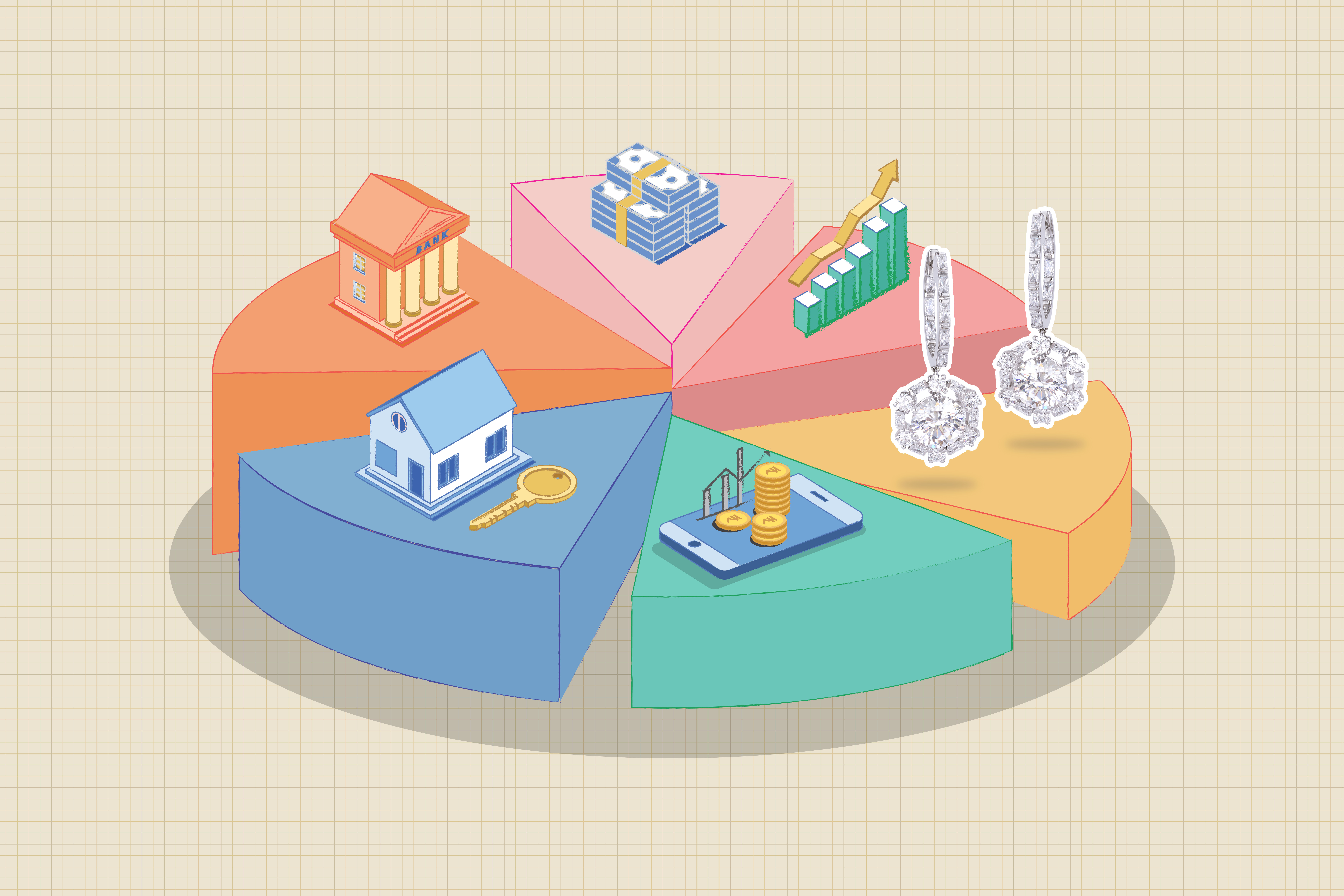
DISCLAIMER: THE FOLLOWING CONTENT INVOLVES CREATIVE INTERPRETATION AND IS NOT TO BE CONSTRUED AS DEFINITIVE FINANCIAL ADVICE
Okay, hear me out. You’re at brunch, the mimosas are flowing, and someone at the table asks—half curious, half condescending—“So, what’s your next big investment move? Stocks? Crypto? NFTs? Or the usual, a new pair of shoes?” Cue the internal sigh. Because while you could talk about SIPs and index funds, your mind’s already somewhere else. On something that sparkles. Something formed by the Earth, not engineered in a lab. Something you’ll wear more than you’ll ever check your portfolio. And that’s when you smile and say, “Natural diamonds, my friend; the asset that goes with everything.”
Because here’s the truth: value doesn’t always show up in rupees or returns. Sometimes, it’s emotional. Sometimes, it’s sartorial. And sometimes, it’s quietly sitting on your finger, catching the light just right. And natural diamond jewellery fits into this equation effortlessly. They’re the original “buy now, cherish forever”—tangible, timeless, and utterly resistant to trend fatigue. Because here’s the thing: emotional ROI, style compounding, legacy value, these are all very real returns.
So think of this as a little portfolio rebalancing, a merging of the emotional and the material. A reminder that the smartest assets aren’t always the ones sitting in the market, but the ones you hold onto. Literally.
Wear Rate ROI: If You Wear It Daily, It’s Practically a Recurring Return
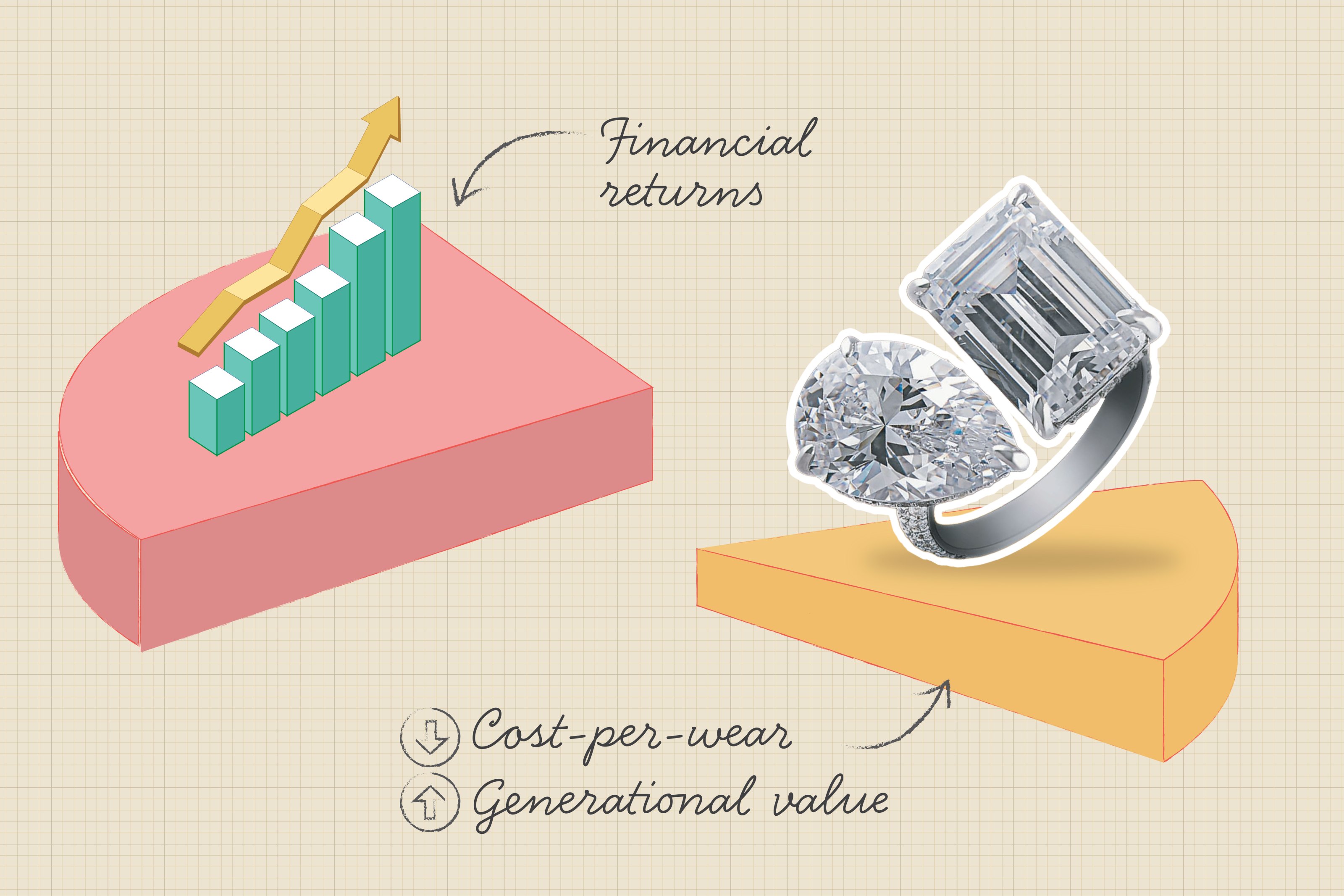
“Cost per wear” is the friendly shorthand for sartorial sensemaking. But it collapses a complex truth into a tidy fraction: time matters, frequency matters, and so does integration. And here’s where the equation comes alive: natural diamonds aren’t like that silk dress you save for “special occasions” (and then forget exists). A pair of diamond solitaires worn to work meetings, errands, and impromptu dinners? That’s an asset in motion. Each wear decreases your cost-per-use and increases your sentimental yield. They’re the kind of investment that rewards you every single day, no conditions attached.
Longevity as Equity: Classic Always Compounds
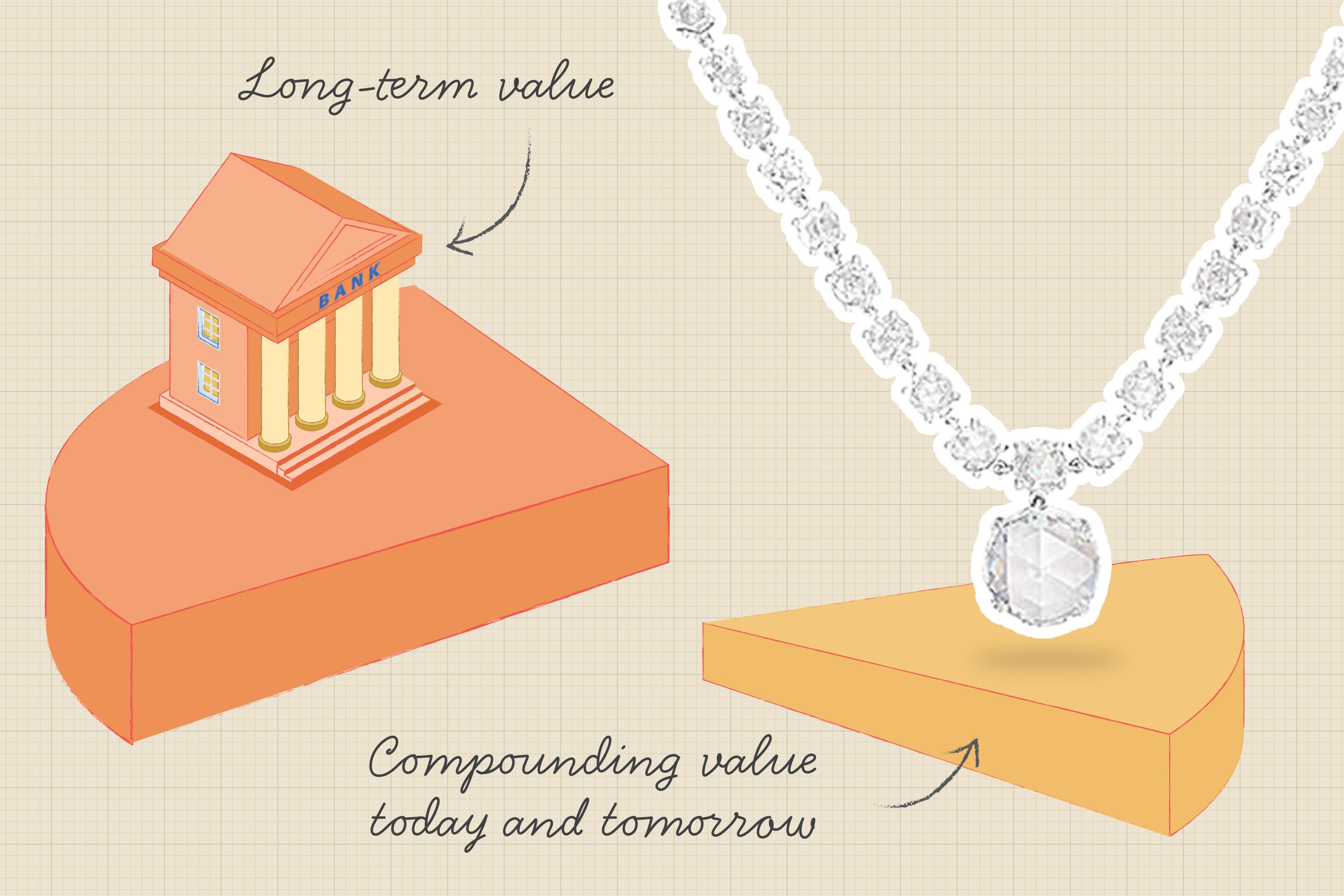
When you invest in a piece of natural diamond jewellery, you’re essentially buying time—beautifully crystallised. The same tennis bracelet that feels contemporary today will feel classic ten years later, and heirloom fifty years after that. They’re proof that permanence is the ultimate form of luxury, gaining emotional equity when passed down, reinterpreted, and re-worn across generations.
Emotional Dividends: Try Getting Your Sip to Make Your Heart Skip a Beat
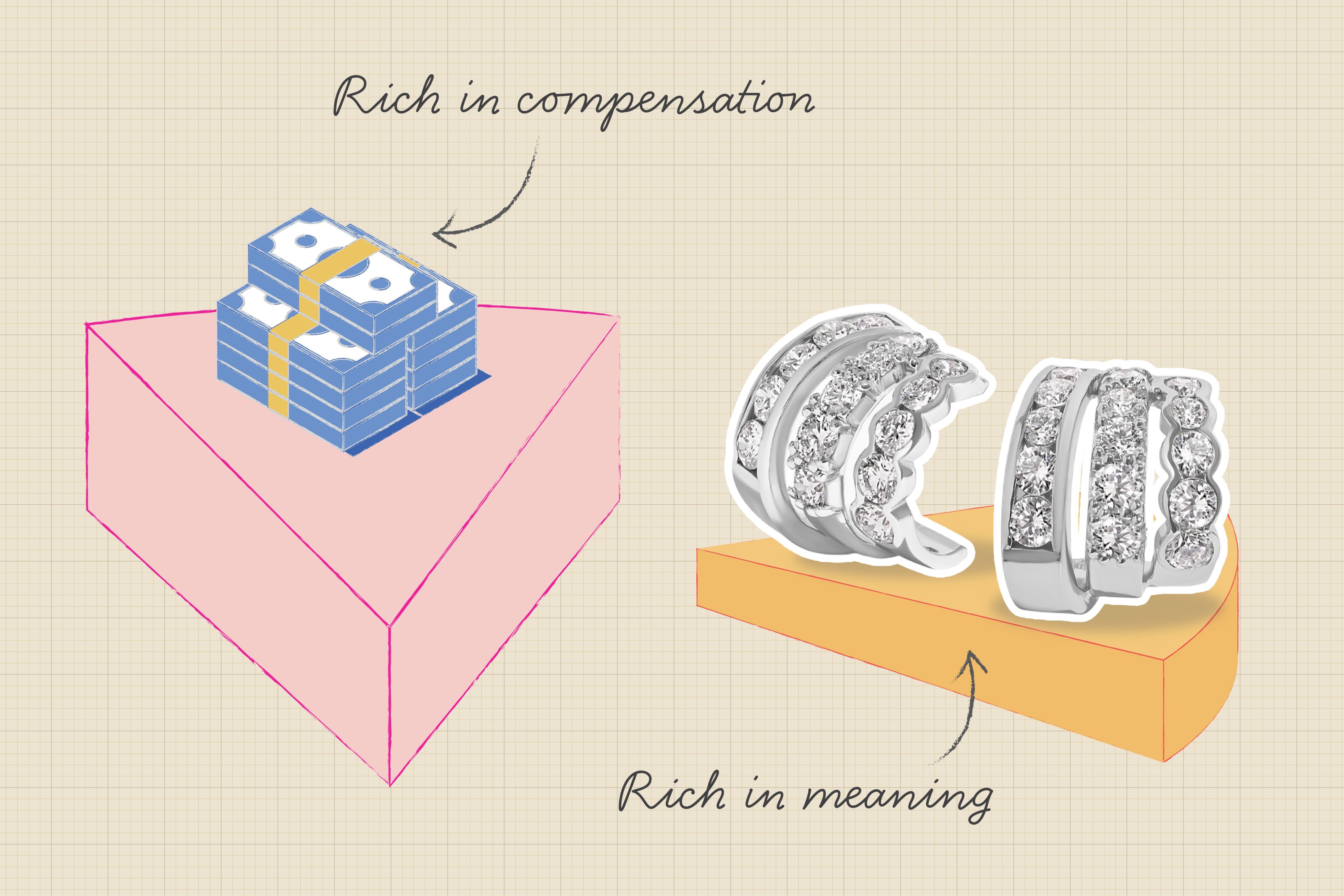
Let’s face it, some investments make you richer; others make you feel richer. Real diamonds do both. Especially if value could be measured in feeling, these naturally born stones would top every index. After all, there’s a particular kind of pride in fastening a piece of jewellery that has seen you through promotions, parties, heartbreaks, and holidays. So when someone calls your natural diamond jewellery “just a purchase,” you can politely correct them. It’s a deposit. Into your self-worth. Into your story.
Cultural Capital: Because Credibility Comes With a Carat Weight
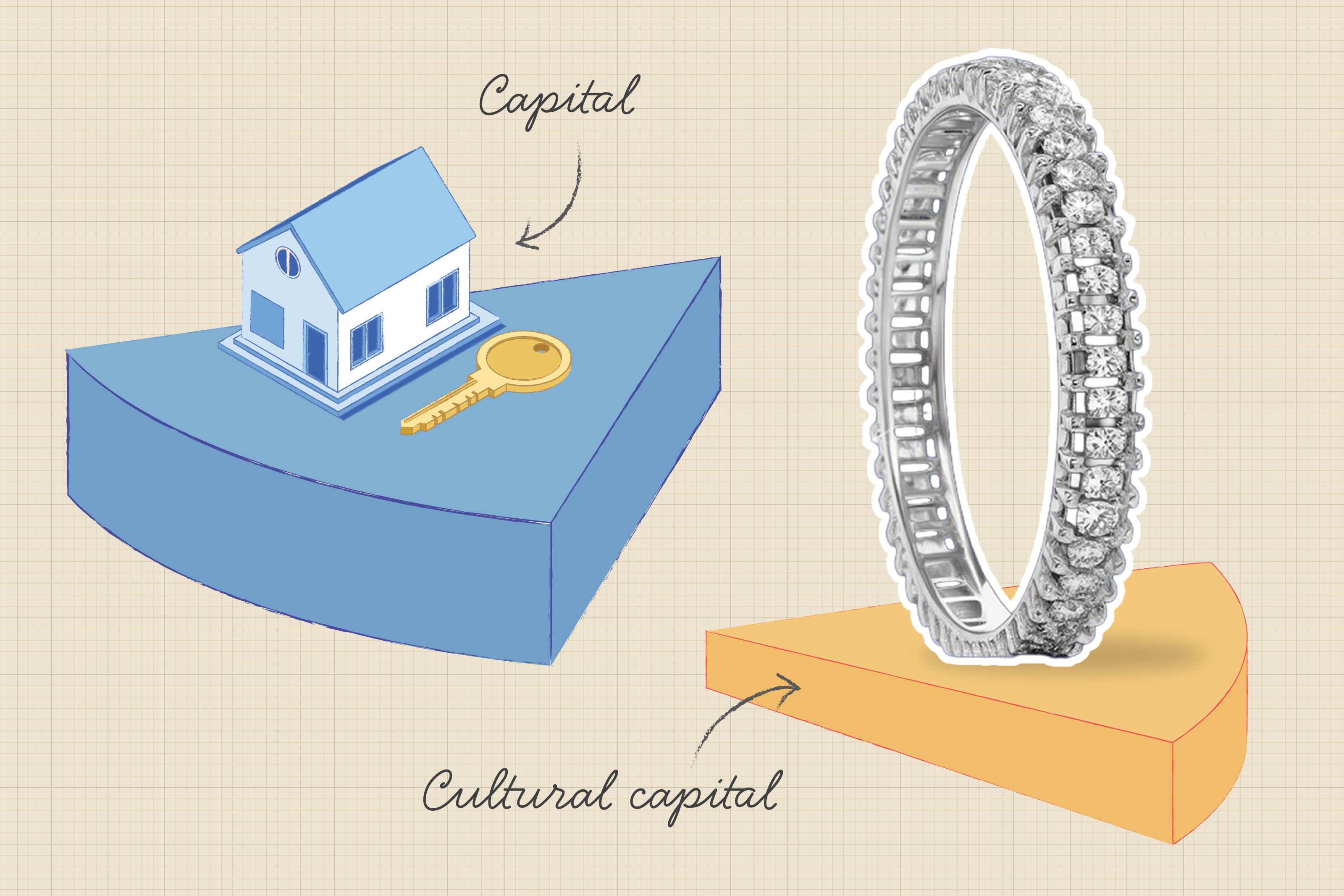
In an era when luxury is often performative, natural diamonds signify lineage, craft, and a relationship to materials that predates Instagram aesthetics. That influence—call it credibility—travels through museums, auction houses, ateliers and family archives. Today, owning a natural diamond is purposeful. It’s a nod to craftsmanship, provenance, and artistry that’s been perfected over billions of years. In short, cultural capital is an accumulation of story, craft, and credibility, and real diamonds are unusually good at personifying it.
Responsible Assets: Real. Rare. (And Ridiculously Good-Looking)

It’s safe to say that value isn’t just about what you own, it’s about what it stands for. And while conscious consumers are doing their due diligence, natural diamonds are keeping pace. One of the most widely adopted safeguards in ethical sourcing is the Kimberley Process Certification Scheme (KPCS)—a UN-backed global framework that ensures rough diamonds from its 80 participating countries are certified conflict-free before entering the supply chain. Pair that with today’s next-gen tracking platforms—from Sarine Diamond Journey™, which visually documents a diamond’s rough-to-polished evolution, to Tracr™, De Beers’ blockchain system that tracks stones of 1 carat and above—and you get transparency that’s more than just a buzzword. So yes, buy your real diamond from verified sources, vet its journey, and go ahead and add “sustainably sourced sparkle” to your portfolio.
The next time your portfolio manager raises an eyebrow at your jewellery budget, remind them: a natural diamond doesn’t just diversify your assets; it deepens them. It adds sentiment to structure, memory to material, permanence to personality. And if Girl Math helps you justify it? Even better. After all, in a world where most investments live online, this one still shines in real life. And that’s what makes it priceless.
